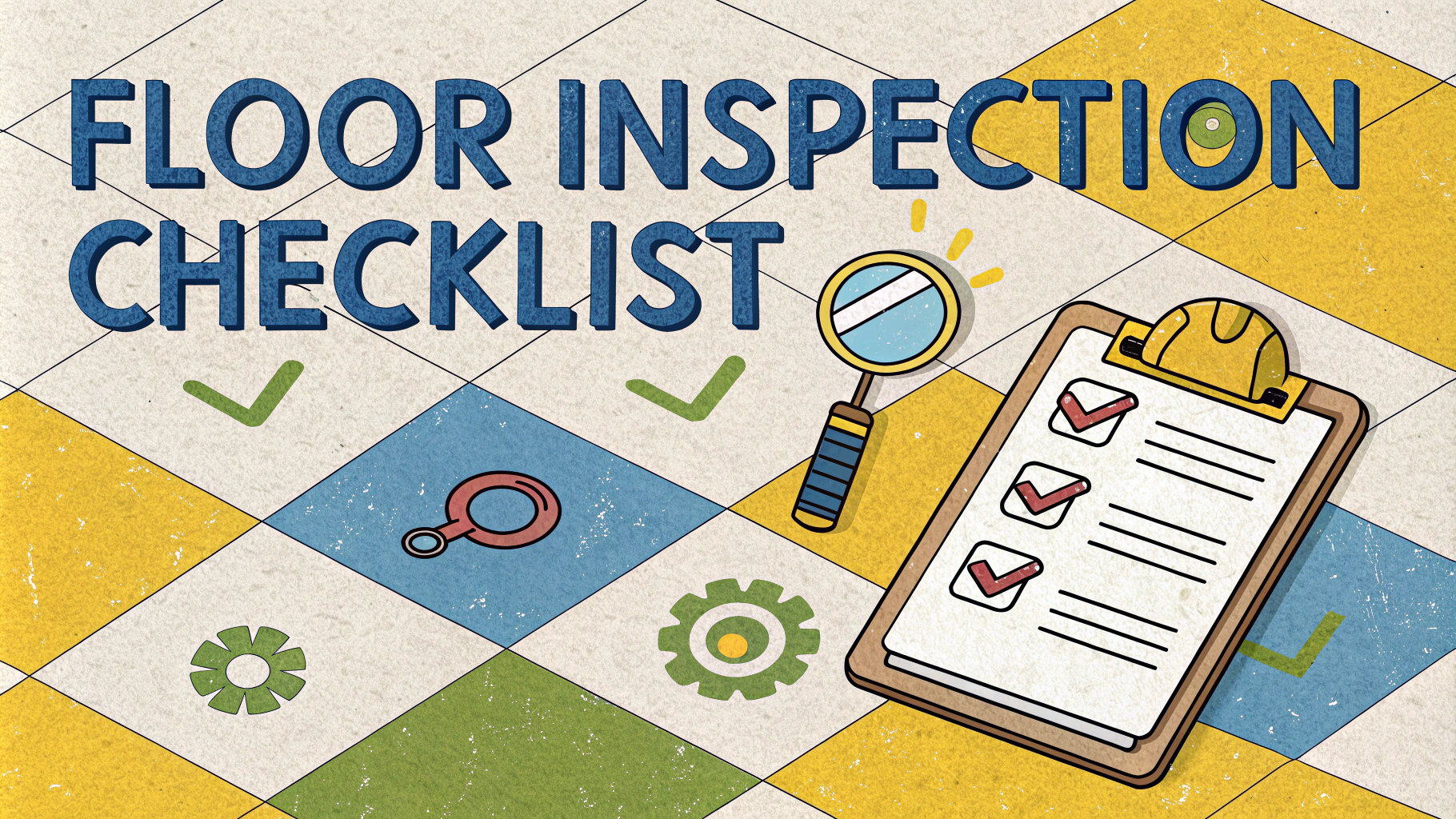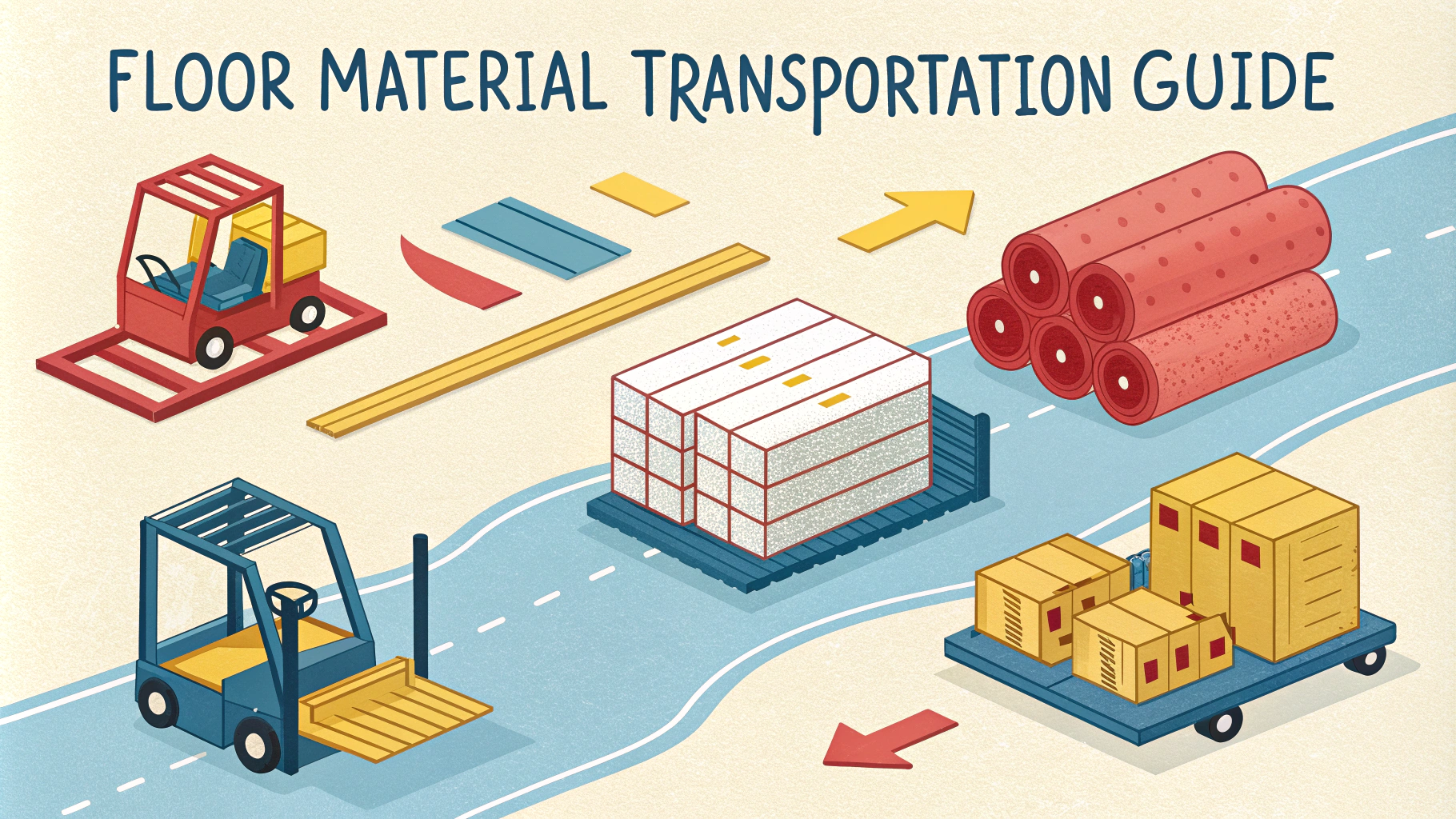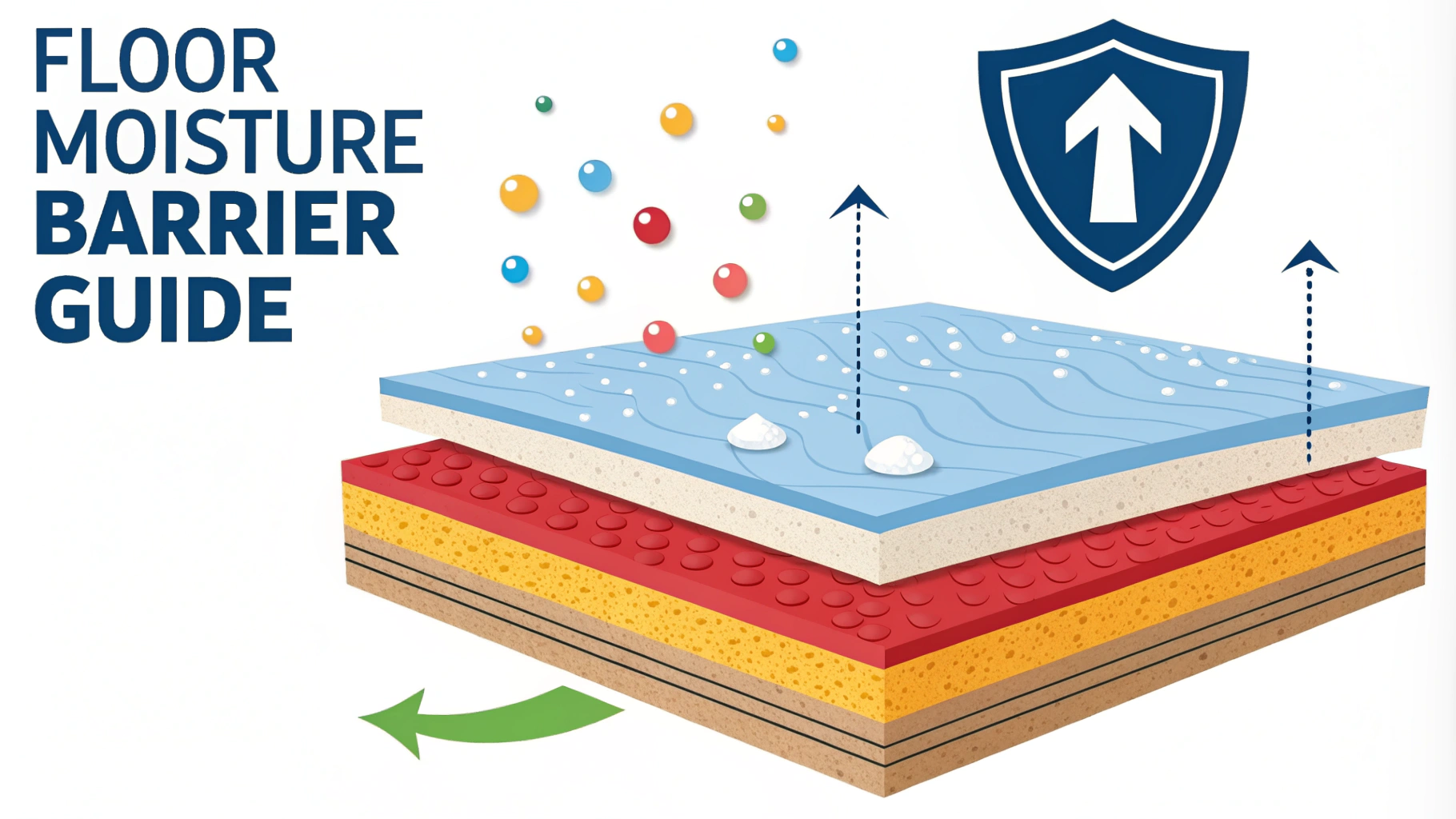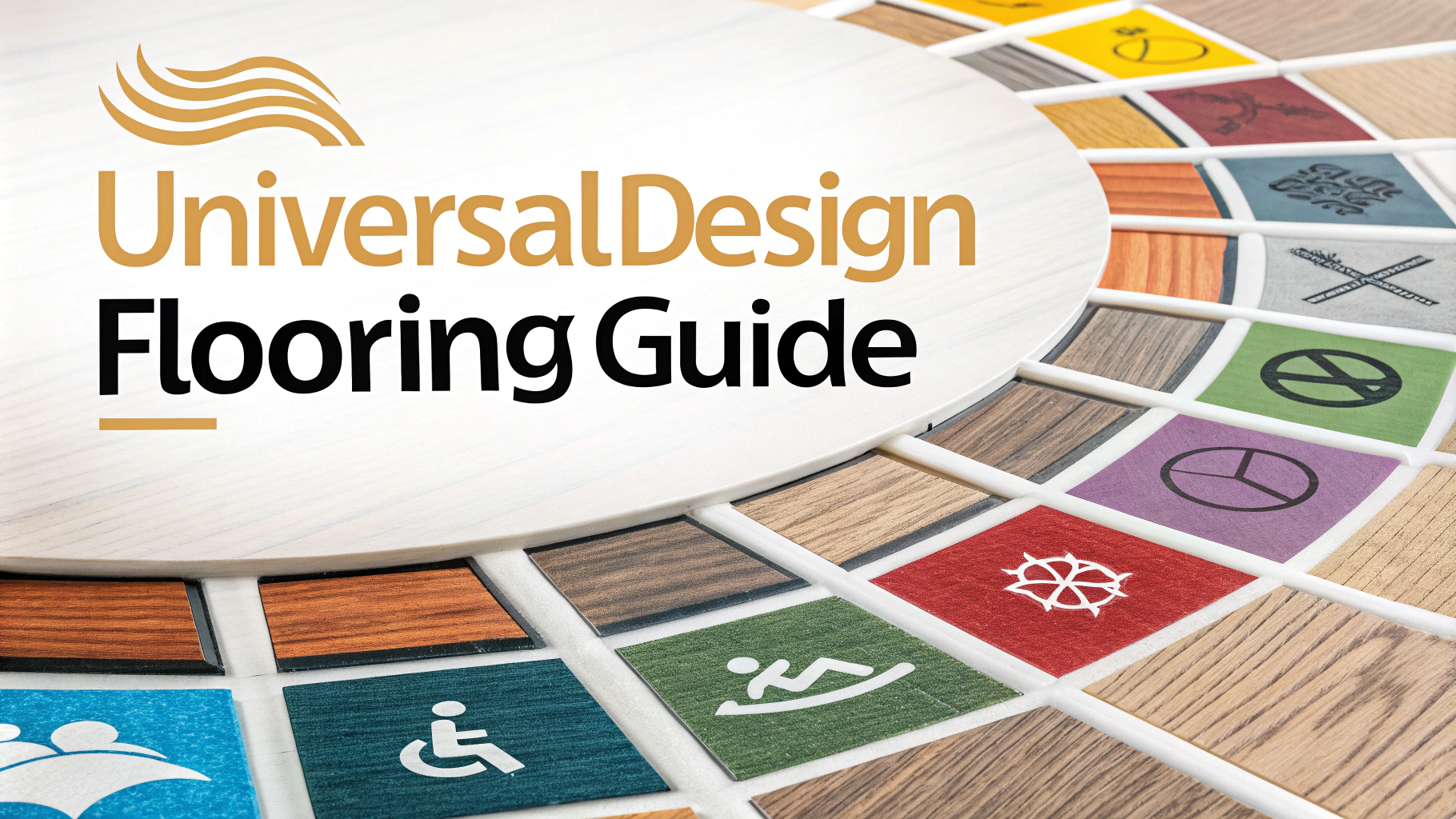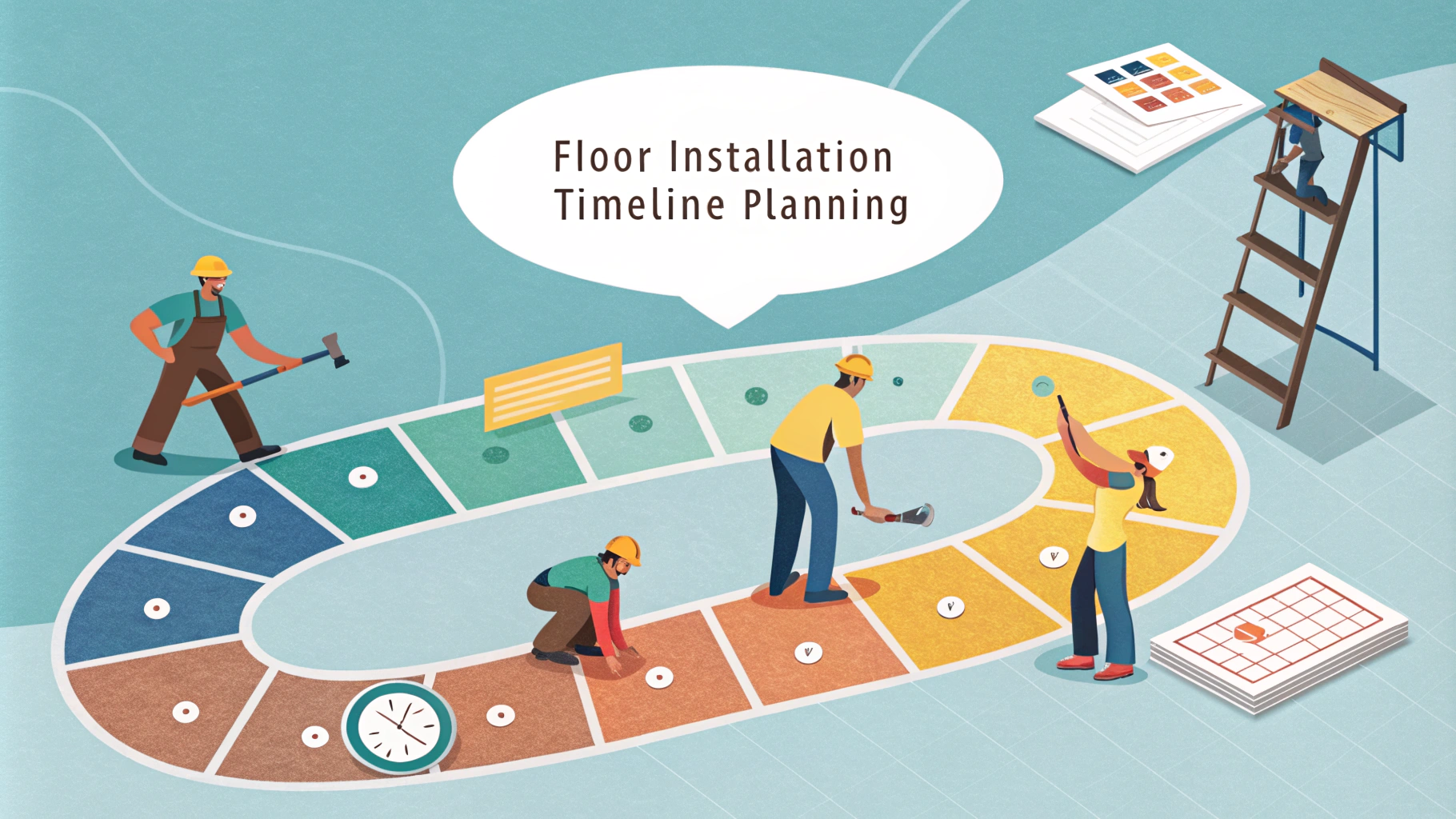A floor inspection checklist helps property owners and managers systematically evaluate the condition of different flooring materials to identify maintenance needs and potential issues before they become major problems.
Regular floor inspections protect your investment by catching wear and tear early, allowing you to address small repairs before they escalate into costly replacements.
This practical guide breaks down the key elements of a thorough floor inspection across different flooring types, from hardwood to tile, carpet, and more.
Essential Items for Your Floor Inspection
- Flashlight for detailed examination
- Moisture meter to detect water damage
- Digital camera to document findings
- Notebook or digital device for recording observations
- Measuring tape for tracking expansion gaps
- Level tool to check for uneven surfaces
Hardwood Floor Inspection Points
- Check for scratches, dents, and gouges
- Look for water damage or discoloration
- Test for loose boards or squeaking
- Measure expansion gaps along walls
- Inspect finish wear, especially in high-traffic areas
Tile Floor Inspection Elements
- Check for cracked or chipped tiles
- Examine grout lines for deterioration
- Test for loose or hollow-sounding tiles
- Look for signs of moisture damage
- Inspect caulking around edges
Carpet Inspection Guidelines
- Check for wear patterns and matting
- Look for stains or discoloration
- Inspect seams and edges for separation
- Test padding underneath for compression
- Check for odors indicating moisture issues
Vinyl and Laminate Floor Checks
- Look for peeling or lifting edges
- Check for scratches or gouges
- Inspect seams for separation
- Test for soft spots indicating subfloor issues
- Check for fading or sun damage
Common Problem Areas to Monitor
- Entryways and high-traffic zones
- Areas around plumbing fixtures
- Spaces beneath windows
- Transitions between different flooring types
- Areas exposed to direct sunlight
Documentation and Record Keeping
Create a digital or physical folder for each floor type in your property.
Take dated photos of any issues discovered during inspections.
Maintain a log of inspection dates and findings for future reference.
Professional Inspection Services
Consider hiring a certified floor inspector for annual professional assessments (National Wood Flooring Association members can be found at www.nwfa.org).
Professional inspectors typically charge between $200-500 for a comprehensive evaluation.
Taking Action on Findings
- Address minor repairs immediately to prevent escalation
- Document warranty information for potential claims
- Create a maintenance schedule based on inspection results
- Budget for necessary repairs or replacements
- Consult with flooring professionals for major issues
Next Steps for Floor Maintenance
Schedule regular inspections at least twice per year.
Keep a maintenance kit ready for quick repairs.
Consider upgrading your floor cleaning routine based on inspection findings.
Preventive Maintenance Tips
- Place protective pads under furniture legs
- Use appropriate cleaning products for each floor type
- Install quality floor mats at entrances
- Control indoor humidity levels
- Implement a regular cleaning schedule
Safety Considerations During Inspection
- Wear appropriate PPE when checking for damage
- Ensure proper lighting in all areas
- Use knee pads for detailed floor-level inspections
- Mark off wet or damaged areas
- Document any safety hazards immediately
Cost-Effective Maintenance Strategies
- Develop relationships with reliable contractors
- Buy maintenance supplies in bulk
- Schedule routine maintenance during off-peak seasons
- Keep spare materials for quick repairs
- Track expenses for tax purposes
Creating a Floor Care Calendar
Map out annual inspection dates and routine maintenance tasks.
Set reminders for specialized cleaning requirements by floor type.
Schedule professional deep cleaning services in advance.
Preserving Your Flooring Investment
Regular floor inspections are crucial for maintaining the value and longevity of your property’s flooring. By following this comprehensive checklist and maintaining detailed records, you can prevent major issues, extend floor life, and protect your investment for years to come.
Remember that proactive maintenance is always more cost-effective than reactive repairs. Stay vigilant with inspections and address issues promptly to ensure your floors remain beautiful and functional.
FAQs
- What are the essential items to check during a floor inspection?
Evaluate surface levelness, check for cracks or damage, inspect moisture levels, examine baseboards, assess seams and transitions, look for wear patterns, verify proper installation, and test floor stability. - How often should professional floor inspections be conducted?
Commercial floors should be inspected quarterly, while residential floors typically need annual inspections. High-traffic areas may require more frequent checks every 6 months. - What tools are needed for a proper floor inspection?
Essential tools include moisture meters, laser levels, measuring tape, magnifying glass, lighting equipment, thermal imaging cameras, and surface assessment tools like a marble test for levelness. - What are common signs of floor damage that require immediate attention?
Soft spots, water stains, buckling, squeaking sounds, uneven surfaces, gaps between boards, cracked tiles, and separation from baseboards are signs requiring prompt attention. - How do you test for moisture issues in flooring?
Use calibrated moisture meters, conduct calcium chloride tests for concrete surfaces, employ relative humidity testing, and check for visual signs of water damage or mold growth. - What safety protocols should be followed during floor inspections?
Wear appropriate PPE, ensure proper lighting, use safety markers for wet areas, follow OSHA guidelines, and maintain clear documentation of potential hazards. - How do you inspect different types of flooring materials?
Hardwood requires checking for warping and gaps, tile needs grout line inspection, carpet requires pile examination and seam checking, vinyl needs adhesion verification, and laminate requires moisture barrier assessment. - What documentation should be included in a floor inspection report?
Include date and location, inspector details, type of flooring, specific areas inspected, photographic evidence, identified issues, moisture readings, recommendations for repairs, and follow-up requirements. - What environmental factors can impact flooring condition?
Humidity levels, temperature fluctuations, direct sunlight exposure, foot traffic patterns, HVAC system operation, and building settlement can all affect flooring condition and durability. - How can you determine if a floor needs replacement versus repair?
Consider the extent of damage, age of flooring, cost comparison of repair versus replacement, structural integrity, and whether issues are superficial or deep-seated.


